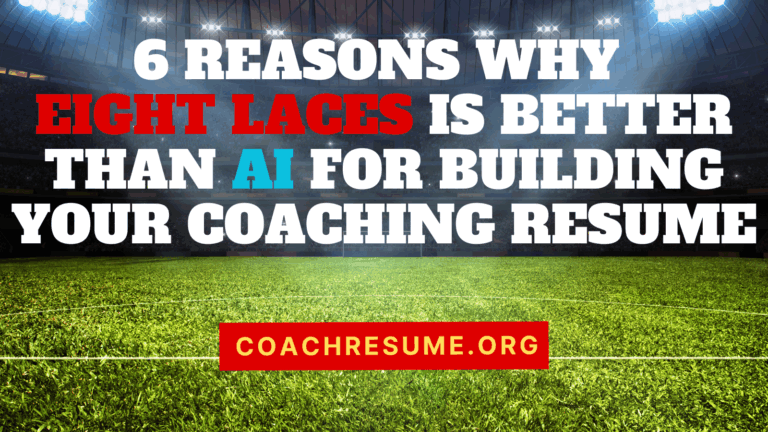The Pitfalls of Relying on Transfer Student-Athletes For Your Team’s Success

In recent years, we have seen California football teams (as well as other sports) find immediate success which can be attributed to the influx of transfer student-athletes, especially in programs that historically struggled to gain traction. With the invention of the collegiate “transfer portal” we are seeing the same thing happen at the collegiate level now. A typical scenario involves a struggling program hiring a new head coach and staff, followed by a wave of transfers and subsequent victories.
While the allure of creating an instantaneously successful team is tempting for coaches, and even some administrators, a critical question emerges: Can a sustainable and robust athletic program be built solely on the foundation of transfer student-athletes? This article aims to explore the challenges and potential pitfalls associated with heavy reliance on transfers.
Transfers and Cultural Integration
Successful athletic programs thrive on a well-established and shared culture. Coaches invest considerable effort in setting expectations, and athletes work hard to meet and exceed these standards. However, when transfers enter the scene, integrating them into the existing culture demands time and energy. Culture, described here as a vital key to success, is likened to the setting of concrete. Frequent arrivals and departures of athletes disrupt the culture-building process, akin to someone trampling over freshly poured concrete, leaving the foundation less stable.

The Transience of Transfers
The adage “easy come, easy go” holds true for transfer student-athletes. If these athletes were dissatisfied at their previous school and transferred, the question arises: What prevents them from leaving again? The expectation of immediate playing time upon transfer can lead to discontent if not fulfilled, potentially prompting further departures. Coaches must carefully consider the long-term stability of their programs in the face of constant comings and goings.
Baggage Accompanying Transfers
Many student-athletes who transfer without changing residence often carry “baggage” from their previous experiences. This baggage may stem from dissatisfaction with coaches or playing time. Additionally, some transfers may be seeking a change to avoid issues or trouble they encountered at their previous school. Coaches must navigate and address these underlying concerns to foster a cohesive and effective team environment. What kind of problems will a “baggage carrying” student-athlete bring into the locker room, and even onto your campus, that will cause negative issues?
Lack of School Commitment in Transfers
Local athletes who have dreamt of representing their high school bring a unique emotional investment to the program. This commitment can be compromised when coaches prioritize transient athletes solely for competitive success, neglecting the loyalty and dedication of homegrown talent. The “me-first” attitude prevalent among some transfers and their parents may undermine the team’s unity and shared commitment. How do you have that conversation with a kid who has busted their butt for you for 3 years when a transfer comes in to take their spot his senior year? What will that tell the rest of your team and community?

Transfer-Induced Trouble
Administrative oversights during the transfer process can lead to severe consequences for schools. Schools in Southern California have faced trouble, including forfeiting games due to inadequate oversight. A notable example comes up every single season which involves a team forfeiting an entire season, or a bulk of their season, after discovering issues with a transfer. This raises questions about the worthiness of risking an entire season for immediate success with transfers.
In conclusion, while the infusion of transfer student-athletes can provide immediate success, a thorough examination of the long-term consequences is imperative. Building a sustainable and thriving athletic program requires careful consideration of cultural integration, commitment, potential baggage, and the administrative challenges associated with transfers. Coaches and Administrators must strike a balance between short-term gains and the long-term health of their programs.
Chris Fore has his Masters degree in Athletic Administration, is a Certified Athletic Administrator and currently works as a Principal in Southern California (yes, he went to the “dark side” after 17 years of coaching!) He served as the President of the California Coaches Association for 3 years. Fore is the CEO of Eight Laces Consulting which specializes in helping coaches nationwide in their job search process. Fore has been named to the Hudl Top 100 Coaches, and the Top 5 Best High School Football Coaches to follow on Twitter by MaxPreps. Follow him!
PS – Fore’s latest book, The Head Coach Blueprint, spent 3 weeks at #1 on Amazon’s “Hot New Release” list!
This is the last book you’ll ever buy about job search!
50 chapters, 533 pgs, nearly 500 Head Coaches interviewed for this project!
There are 3 ways to buy THE HEAD COACH BLUEPRINT! Hard Copy or Kindle or PDF



